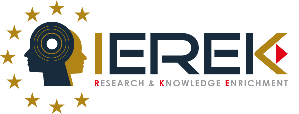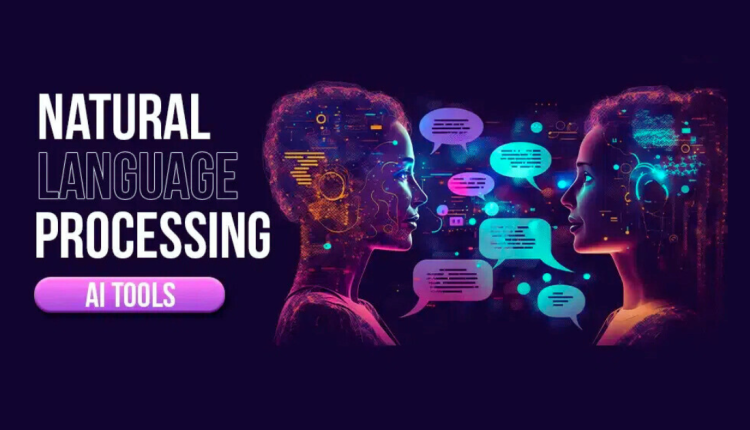Natural Language Processing: Transforming AI-Powered Communication
In an era characterized by the prevalence of artificial intelligence (AI), Natural Language Processing (NLP) occupies a pivotal position in the landscape of innovation, facilitating fluid communication between human beings and computational systems. From voice assistants to automated translations, NLP bridges the communication gap by allowing computers to process, understand, and generate human language. As businesses and researchers push the boundaries of what AI can achieve, the evolution of Natural Language Processing (NLP) continues to transform industries, redefine user experiences, and create new possibilities.
The Evolution of Natural Language Processing
Human language is incredibly complex, filled with nuances, idioms, and contextual meanings that are difficult for machines to grasp. Early attempts at NLP relied on rule-based approaches, where computers followed predefined linguistic rules. However, these methods proved insufficient for handling the variations and ambiguities of human communication.
The emergence of machine learning (ML) and deep learning (DL) has significantly revolutionized the domain of NLP by allowing computational systems to identify patterns from vast datasets of textual data. Instead of relying solely on rigid rules, modern NLP models use neural networks to analyze and predict language structures. Innovative technologies such as transformer architectures, including OpenAI’s GPT and Google’s BERT, have set new standards in NLP, enabling enhanced text generation, sentiment analysis, and speech recognition.

How NLP is Shaping Everyday Interactions
NLP has become deeply embedded in our daily lives, often in ways we may not immediately notice. From chatbots assisting customers to real-time translation services, NLP enhances communication and accessibility worldwide. Some of the most common applications include:
- Voice Assistants: Virtual assistants like Siri, Alexa, and Google Assistant leverage NLP to interpret spoken commands, answer questions, and execute tasks.
- Sentiment Analysis: Enterprises employ NLP to analyze consumer feedback, social media interactions, and customer reviews to improve services.
- Machine Translation: Platforms like Google Translate and DeepL provide real-time translations, breaking language barriers.
- Text Summarization and Content Generation: AI-driven tools help summarize long documents, generate reports, and assist in creative writing.
- Healthcare Applications: NLP is used in medical transcription, automated diagnosis, and research analysis, revolutionizing healthcare data processing.

Challenges in NLP Development
Despite its advancements, NLP still faces significant hurdles. One of the primary challenges is understanding context, sarcasm, and cultural differences in language. A phrase’s meaning can change based on tone, setting, or regional dialects, making accurate interpretation difficult for machines.
Another challenge is bias in AI models. Since NLP models learn from vast datasets, they may inadvertently adopt biases present in the data. Developers must continuously refine these models to ensure fairness, accuracy, and inclusivity.
Scalability is also a concern. Training NLP models requires substantial computing power and vast amounts of labeled data. Researchers are exploring efficient NLP techniques to reduce resource consumption while maintaining performance levels.
The Future of NLP: What Lies Ahead?
As artificial intelligence progresses, NLP is expected to reach greater levels of sophistication. Some key areas of growth include:
- Conversational AI Improvements: Future chatbots and virtual assistants will have better contextual understanding, enabling more human-like interactions.
- Multilingual and Low-Resource Language Support: NLP models will expand to include underrepresented languages, making AI more inclusive.
- Ethical and Responsible AI Development: Efforts are underway to make NLP models transparent, unbiased, and ethical.
- Integration with Other AI Technologies: Combining NLP with computer vision, robotics, and IoT will create seamless AI-powered experiences.
Conclusion: Embracing NLP’s Potential
Natural Language Processing has come a long way, transforming how we communicate with machines and how businesses operate in an AI-driven world. As technological advancements unfold, the future of NLP will continue to enhance user experiences, improve operational efficiencies, and bridge linguistic barriers across industries.
The Second International Conference on Artificial Intelligence Research, part of the AUE Research Week, aims to bring together experts, researchers, and industry leaders to discuss the latest advancements and challenges in AI, including the future of NLP.



